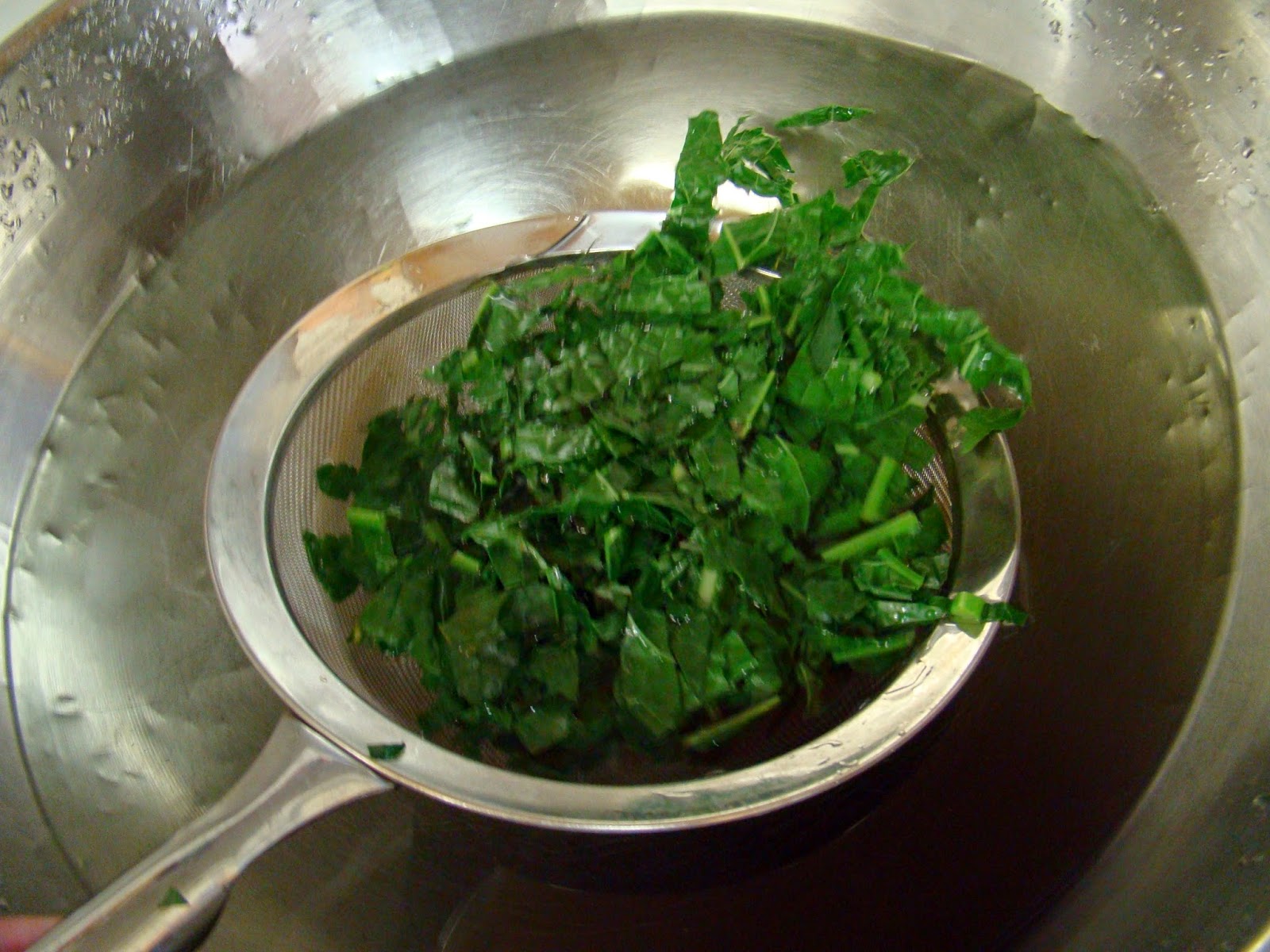 |
| Chard Greens with Honey and Balsamic, courtesy of Chef Arlene Coco Buscombe |
We are starting to edge away from the all greens shares, with snow peas and the first harvest from the hoophouse.
I'm sure everyone is familiar with snow peas. But in case someone out there isn't, they are great cooked quickly in stir fries, raw in salads, or nibbled as delicious snacks.
The hoophouse portion of the share will be small this week, think a half a pound of tomatoes or one large eggplant or a couple of sweet peppers. Literally a taste of things to come...

This week's recipe was inspired by an event held this evening at the Algomah Acres Honey House.
 |
Find out more about Algomah Acres Here.
Find out more about Chef Arlene, and the mouth watering scones she makes, Here.
The honey tasting was fantastic. Chef Arlene walked us through the tasting of four different honeys.
 |
| The first and third are wildflower honeys from Algomah Acres. The second and fourth are varietal honeys. The light one is Tupelo and the darker one is buckwheat. |
 |
| I thought the buckwheat honey had sweaty animal notes to it. In a totally good way. Also a lot of warm toffee flavor. |
 |
| Melissa warming honey with her hot hands. |
After the honey tasting, Chef Arlene presented us with some food pairings. My favorite was the goat cheese with wildflower (or maybe it was tupelo...I tried to take notes, but my fingers were so sticky).
Then she made the greens. There was no set-in-stone recipe involved.
She simply sauteed some chopped garlic scapes (I suggest the spring onions from your share as a substitution) in a few teaspoons of olive oil. Then she added roughly chopped chard, with a bit of wash water still clinging to it, to the pan. She stirred until the chard was just wilted.
Then she stirred in a generous quantity of balsamic vinegar
and a dollop of honey. She used wildflower. This one I wrote down.
Then she sprinkled in a bit of sea salt and that was it. My tablemate, Alison, suggested adding pine nuts. I think that would bring the dish from really good to sensational. I'm glad I sat with Alison.



























